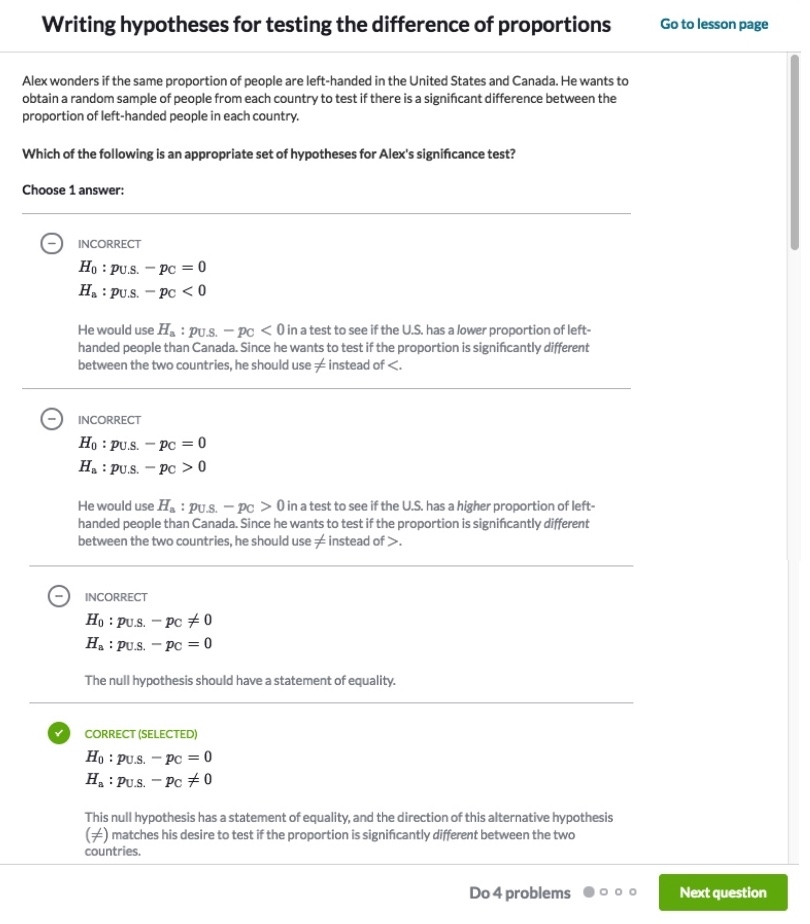Multiple choice tests are a common type of assessment used in schools and universities. They typically consist of a question followed by several possible answers, with the test taker required to select the correct one. These tests are often used to assess a student’s knowledge and understanding of a particular subject.
Preparing for a multiple choice test can be challenging, as it requires not only knowledge of the material but also the ability to quickly analyze and select the correct answer. It is important to practice with sample questions in order to familiarize yourself with the format and improve your test-taking skills.
Here is a sample multiple choice question:
Question: What is the capital of France?
A. London
B. Berlin
C. Paris
D. Rome
In this example, the correct answer is C. Paris. By practicing with similar questions, you can improve your ability to quickly identify the correct answer and increase your chances of success on the test.
When taking a multiple choice test, it is important to read each question carefully and consider all of the possible answers before making your selection. Eliminate any obviously incorrect choices and then choose the answer that you believe to be correct. Be sure to review your answers before submitting the test to catch any mistakes or oversights.
Overall, multiple choice tests can be an effective way to assess a student’s knowledge and understanding of a subject. By practicing with sample questions and developing your test-taking skills, you can improve your performance on these types of assessments and achieve better results in your academic pursuits.
In conclusion, preparing for a multiple choice test requires practice and familiarity with the format. By using sample questions and honing your test-taking skills, you can increase your chances of success and demonstrate your knowledge and understanding of the material. Good luck on your next multiple choice test!
